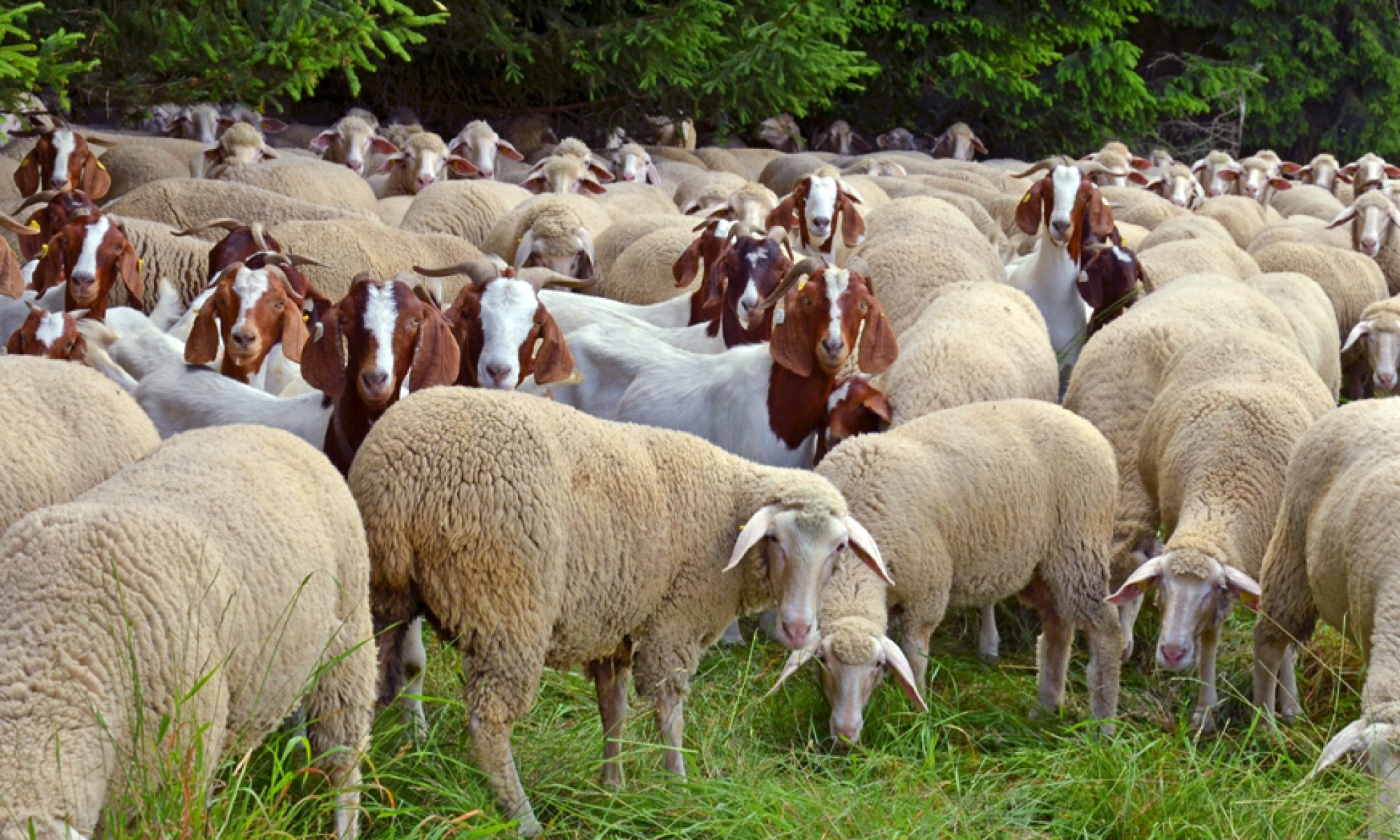Emissions—the ‘business as usual’ story is misleading
We may avoid the very worst climate scenario. But the next-worst is still pretty awful.
‘Collapsologie’: Constructing an Idea of How Things Fall Apart
What if many of the predictions of upcoming climate disaster have been based on faulty premises? What if the worst-case scenario has been way overdone? Climate scientists model their projections for the future on greatest and fewest emissions discharges. If the projections are wrong there are big implications for us all.
Climate science has been questioned in a recent Nature article which is rocking a lot of boats. The authors propose that the commonly accepted worst-case (“business as usual”) scenario is based on faulty assumptions, a major one being coal consumption.
Emission pathways to get to RCP8.5 [the worst-case scenario] generally require an unprecedented fivefold increase in coal use by the end of the century, an amount larger than some estimates of recoverable coal reserves. It is thought that global coal use peaked in 2013, and although increases are still possible, many energy forecasts expect it to flatline over the next few decades. Furthermore, the falling cost of clean energy sources is a trend that is unlikely to reverse, even in the absence of new climate policies.
The world is still on course for a 3-degree Celsius (5.4 degrees Fahrenheit) warming, which is more likely but still catastrophic. Says the Washington Post, “That’s severe—it would be three times the amount of change that the world has seen—but appreciably different from 4 to 5 degrees Celsius (7.2 to 9 degrees Fahrenheit).” The Nature graph shows the problem in a nutshell.
Some experts still say the worst-case RCP 8.5 scenario is still possible and there should be plenty of concern. Among other things, the possibilities of climate feedback loops, as from melting permafrost, are what “keeps us climate scientists up at night.”
Then there are the collapsologues, those folks mostly but not exclusively in France, who believe the world is heading for total collapse. They think we have crossed the threshold of “burning the totality of the earth’s stocks of fossil fuels and heating the atmosphere well beyond 1.5 or 2 degrees Celsius—which most scientists now conclude is the red line for averting the worst effects of global warming. That these thresholds are violable does not, however, mean that transgressing them will be any less devastating.”
This way of thinking derives in part from Jared Diamond’s fascinating 2005 book Collapse and owes something to David Wallace Wells’ more recent The Uninhabitable Earth, a bestseller. Collapsologues predict dreadful outcomes and conflicts and look at efforts like the Green New Deal as wishful thinking, illusions. Their critique finds that “the fatal weakness of traditional environmentalism is its inability to think beyond economic growth.” There is always “the inexorable question of limits.”
Their answers to all this involve religions and “bio-resilient pastoral communities,” responses we have heard before. Yet these folks must be taken seriously.
The collapsologues do point to real contradictions in contemporary environmentalism. Collapsologie is really just a name for a very serious problem: the frivolousness and injustice of much of what passes for solutions to our current impasse. That some form of mystical antinomianism should emerge from this void recalls the philosopher Michel de Certeau’s saying: “When the political withers, the religious reawakens.”


